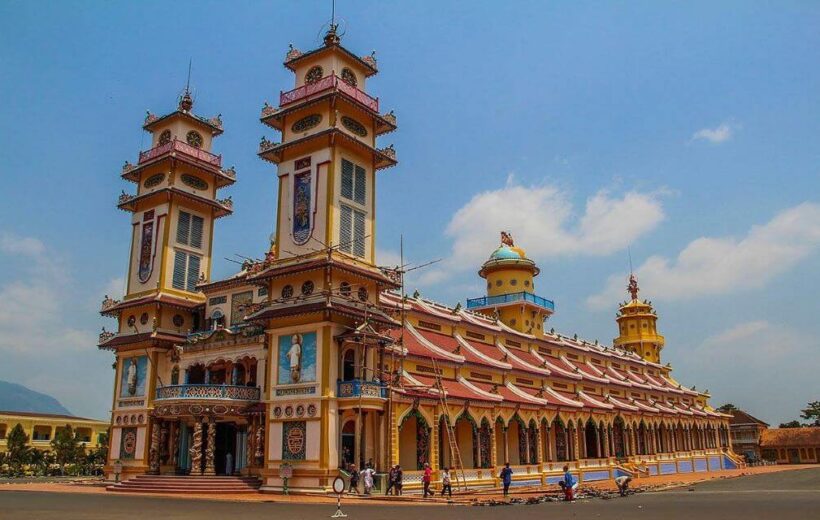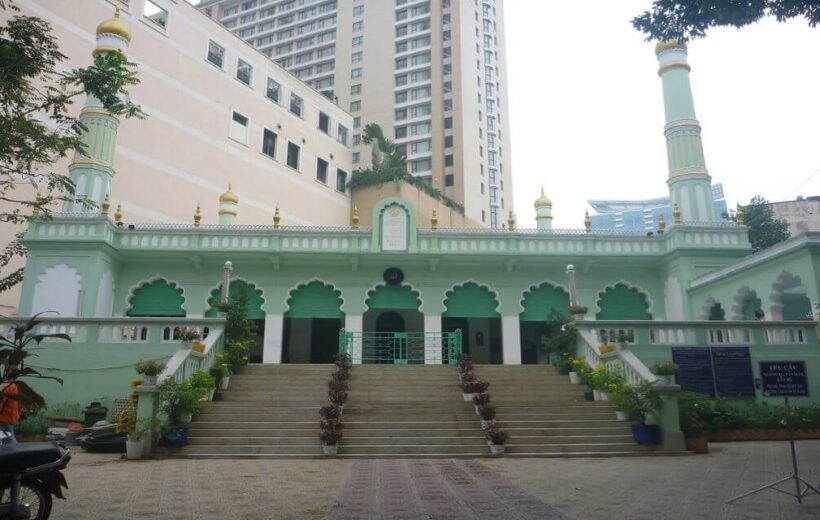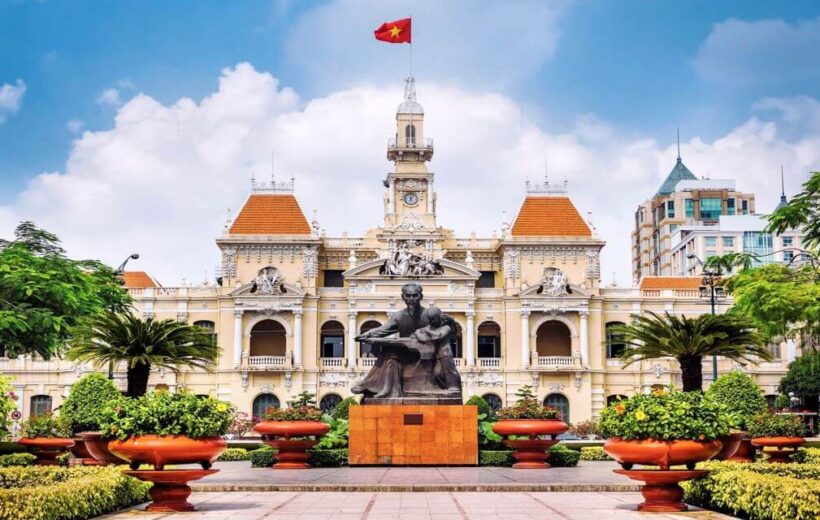Overview
The Cao Dai Temple is a religious structure located in Tay Ninh, about 95 kilometers northwest of Ho Chi Minh City in Vietnam. The temple is the main center of the Cao Dai religion, a syncretic belief system that incorporates elements from various major world religions. Here’s some information about the Cao Dai Temple:
Cao Dai Religion: Cao Dai is a relatively modern religion that was founded in 1926 in Vietnam. It incorporates beliefs and practices from major world religions, including Buddhism, Confucianism, Taoism, Christianity, and Islam.
The religion emphasizes the worship of one supreme deity, referred to as Cao Dai or the “High Tower.”
Location: The main Cao Dai Temple is situated in Tay Ninh Province, near the town of Tay Ninh. Tay Ninh is approximately a 2-3 hour drive from Ho Chi Minh City.
Architectural Style: The Cao Dai Temple is known for its vibrant and eclectic architectural style. The structure features a combination of French Gothic, Baroque, and traditional Vietnamese elements. The temple is adorned with colorful decorations, religious symbols, and statues.
Religious Practices: Cao Dai followers conduct ceremonies and rituals at the temple, combining prayers, hymns, and meditation. These ceremonies often involve the use of elaborate costumes and rituals.
The religion has a hierarchy of saints, including figures such as Victor Hugo, Sun Yat-sen, and Vietnamese poet Nguyen Binh Khiem.
Holy See and Divine Eye: The temple has a large symbol known as the Divine Eye, which is the official symbol of the Cao Dai religion. The eye is often depicted inside a triangle and represents the watchful eye of God.
The Holy See, the main temple area, is the focal point of religious ceremonies and activities.
Visiting the Temple: The Cao Dai Temple is open to visitors, and guided tours are often available to explain the religious practices and the history of the Cao Dai religion.
Visitors are usually required to dress modestly when entering the temple, and it’s customary to remove shoes before entering the main prayer hall.
Religious Festivals: The Cao Dai followers celebrate several religious festivals and events throughout the year. These festivals often involve colorful processions, traditional music, and elaborate rituals.
Cultural and Historical Significance: The Cao Dai Temple is not only a religious center but also a significant cultural and historical landmark in Vietnam. It reflects the country’s religious diversity and the unique blending of different spiritual traditions.
When planning a visit to the Cao Dai Temple, it’s recommended to check the opening hours, any specific guidelines for visitors, and the timing of religious ceremonies.
Explore
- Location5
- Amenities5
- Services5
- Price5
- Rooms5
- Location5
- Amenities5
- Services5
- Price5
- Rooms5




